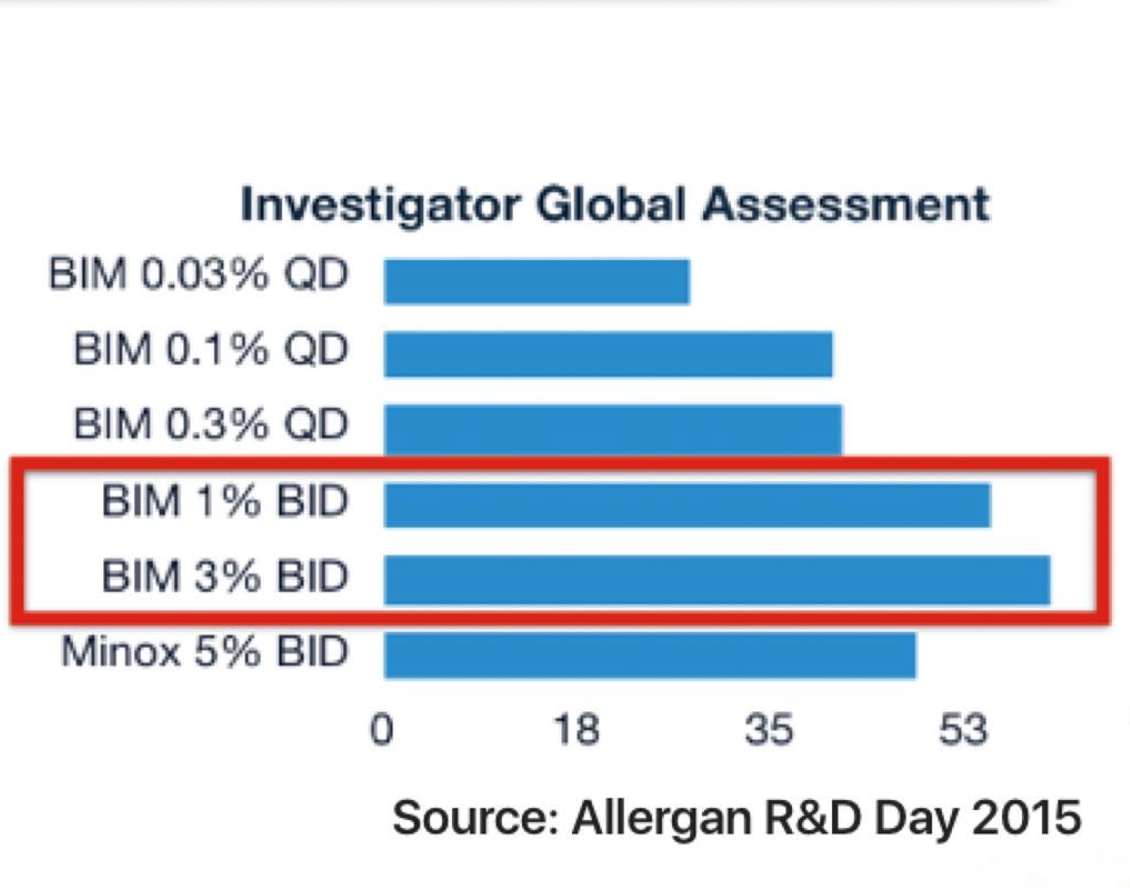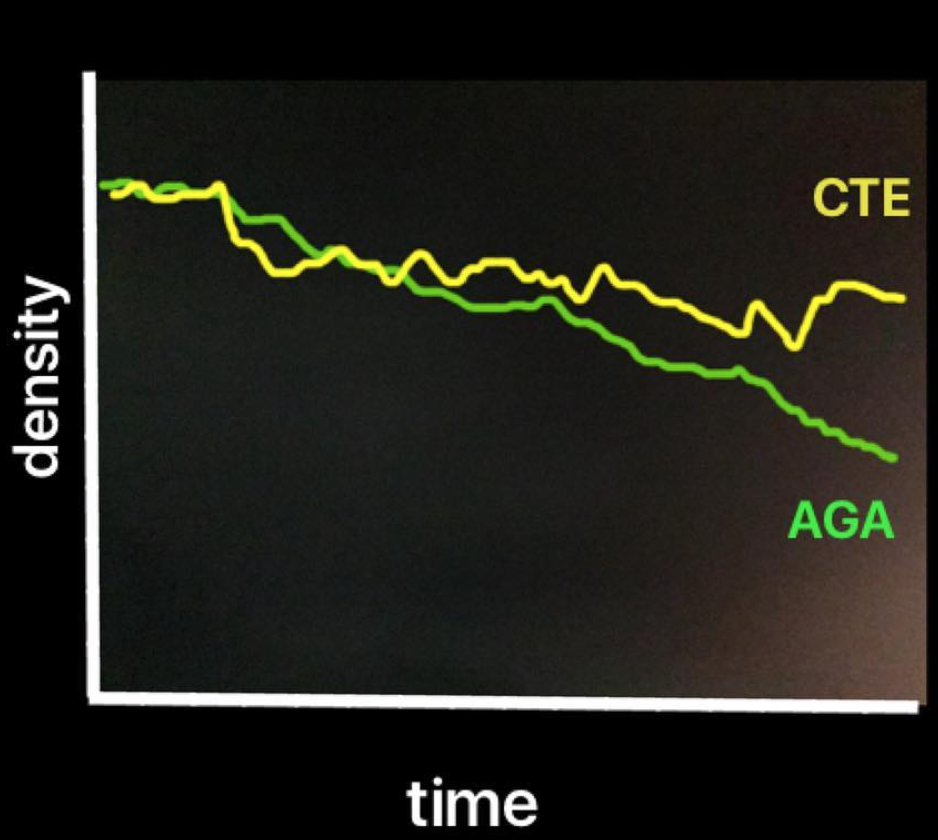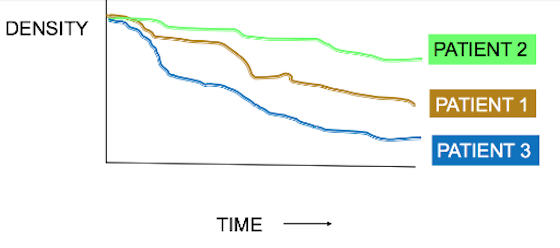Finasteride: What are the myths are realities when it come to gynecomastia?
Gynecomastia or enlargement of breast tissue in men can occur with a number of causes. These include hormonal issues that affect testosterone production (like Klinefelter’s syndrome or a pituitary problem), normal aging, tumors of the adrenal glands, testes or pituitary gland, thyroid problems, liver and kidney problems. A variety of medications can cause gynecomastia as well. Overall about 10-25 % of cases of gynecomastia have a drug cause. Some of the drugs known to cause gynecomastia include spironolactone, other anti-androgens, cimetidine, ketoconazole, estrogens. For a full list of implicated drugs, click here. In all of these different causes there is an underlying hormonal issue - typically an increase in the estradiol/testosterone ratio.
Finasteride-Induced Gynecomastia: Myths and Misconceptions
Finasteride, which is FDA approved for treating male balding at a dose of 1 mg daily, is a medication that can sometimes cause gynecomastia. The risk is likely about 4 to 10 out of every 1,000 users. There are a number of misconceptions about finasteride-induced gynecomastia. The following points help clarify some of these.
1. Gynecomastia can be one sided or both. It is very commonly one-sided.
Finasteride induced gynecomastia is often one-sided but can be both sides. This is especially true at lower doses like 1 mg compared to 5 mg.
2. Gynecomastia typically starts after 2-4 months
Finasteride induced gynecomastia can start as early as a few weeks but is typically a few months delay (if it is going to occur). It can also be 1-2 years before the phenomenon is appreciated.
3. Finasteride-induced gynecomastia can start with breast tenderness or even pain
An important sign to watch for is the presence of pain or tenderness. This can occur prior to any actual enlargement.
4. Finasteride-induced gynecomastia lower doses are less likely than higher but can occur any dose
The 1 mg dose is less likely than the 5 mg dose to cause breast enlargement in men. The concept of the dose response is important because it means than for some men, 0.5 mg daily (or every other day) could be assocated with a lower risk of gynecomastia (while still potentially benefitting their hair).
5. Finasteride-induced gynecomastia reverses in many with immediately stopping the drug but not all
Finasteride induced gynecomastia can reverse in many individuals provided the drug is stopped in the early stages when the gynecomastia is noted. If the drug is not stopped, it can enter a irreversible stage (where only surgery will provide treatment).
6. Finasteride-induced gynecomastia increases with age and obesity
Finasteride induced gynecomastia is more likely in obese indivdiuals and with advanced age.
7. Most men with Finasteride induced gynecomastia have normal blood tests
Blood tests may be appropriate for some men depending on their history. However, most of the time blood tests and various hormonal tests are normal.
CONCLUSION and FINAL POINTS
Gynecomastia is common in the population so one must be careful to immediately ascribe their gynecomastia to a drug or health reason without a full evaluation. Finasteride induced gynecomastia occurs in 4 to 10 out of every 1000 men using finasteride. It is dose dependent so risk may be less with 0.25 mg compared with higher doses. Anyone with concerns about this phenomenon should see their physician immediately to discuss.
A link is more likely to a drug cause when the breast enlargement is one sided and tender/painful. One way to determine a link is to stop the drug and wait for the tissue to return to normal before starting the drug again (this is called a rechallenge). If gynecomastia occurs again, one has more confidence of a link. This may not be appropriate for all individuals so one should always discuss with their physician.
REFERENCE
[1] Nuttall F (1979) Gynecomastia as a physical finding in normal man. J Clin Endocrinol Metab 48:338–340
9. Green L, Wysowski DK, Fourcroy JL. Gynecomastia and breast cancer during finasteride therapy. N Engl J Med. 1996;335:823.










